Polydactyl Cats: Just More Beans to Love

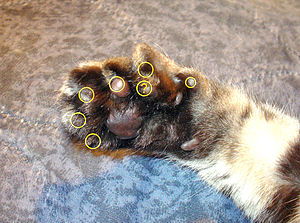 Polydactyl cats have become extremely popular in recent times. As a result, more and more people are interested in learning more about this six-toed cat and want to get one of their own. If you are a cat lover intrigued by polydactyl cats, you have come to the right place. This post covers everything you need to know about this unique breed.
Polydactyl cats have become extremely popular in recent times. As a result, more and more people are interested in learning more about this six-toed cat and want to get one of their own. If you are a cat lover intrigued by polydactyl cats, you have come to the right place. This post covers everything you need to know about this unique breed.
What Is A Polydactyl Cat?
Now, you might be wondering what a polydactyl cat is and what makes it different from other cats. It is a cat that is born with more toes than the typical cat. Polydactyl cats tend to have more than five toes on their front side or more than four toes on their hind feet, which is less common. When you first look at this cat, you are likely to be drawn away by its cuteness. The fact is that there is nothing more adorable than a kitten’s paws, and it is because the polydactyl cat has received so much attention.
Unlike most cats with four toes on their back feet and five toes on their front feet, they have six or even more. There is no reason to worry, though. Even though a genetic abnormality is to blame for the extra toes, polydactyl cats are just as healthy as any other type of cat. In fact, the condition affects just about every kind of cat breed, big or small, male or female. Read on to learn more about this adorable cat as we provide unique insights into the cat species.
A Genetic Mutation Causes Polydactyly
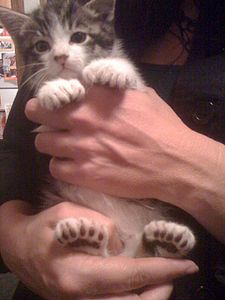 A genetic mutation in a dominant gene is to blame for polydactyly. It results in the formation of four to seven toes. Generally, the front feet are the most likely to be affected by the condition. However, the hind feet can also be affected. It is quite rare for all four feet of a cat to have polydactyly. It is important to mention here that polydactyly is mostly harmless to the health and wellness of a cat. However, it does not make trimming the nails of the cat more labor-intensive. If you have trimmed a cat’s nails, you would already know just how difficult it can be. But, besides this, they are happy and healthy cats that just happen to have a few extra toes!
A genetic mutation in a dominant gene is to blame for polydactyly. It results in the formation of four to seven toes. Generally, the front feet are the most likely to be affected by the condition. However, the hind feet can also be affected. It is quite rare for all four feet of a cat to have polydactyly. It is important to mention here that polydactyly is mostly harmless to the health and wellness of a cat. However, it does not make trimming the nails of the cat more labor-intensive. If you have trimmed a cat’s nails, you would already know just how difficult it can be. But, besides this, they are happy and healthy cats that just happen to have a few extra toes!
However, feline radial hypoplasia is a condition that is mistaken for polydactyly and is known for being detrimental to a cat’s health. Similar to polydactyly, feline radial hypoplasia causes extra toes to develop. A notable difference between the two is that the extra toes develop rapidly next to the normal toes, leading to the cat having extremely large feet. If cats with feline radial hypoplasia are bred, their offspring would be likely to suffer from severe paw deformities.
Some Polydactyl Cats Have Mitten Paws
Another unique fact about polydactyl cats that you need to know is that some of them have mitten paws. Mitten paws tend to occur when the extra toes form in the middle of the foot, which gives them a mitten-like or thumb-like appearance. Even though you would find these extra digits to resemble thumbs, it is not the case.
Polydactyly May Benefit Some Cats
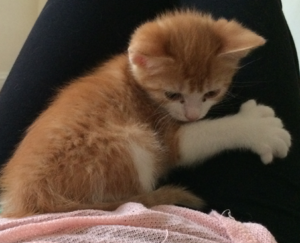 The truth is that polydactyly can even be beneficial to some cats. Not only do polydactyl cats have cute toes, but these toes provide some benefits as well. For example, since polydactyl cats have larger, wider paws, they have an easier time balancing on various surfaces, climbing, hunting, and capturing prey. But, of course, anyone who has a polydactyl cat must get a scratching board or post for it as those extra toes would otherwise seriously damage the furniture.
The truth is that polydactyly can even be beneficial to some cats. Not only do polydactyl cats have cute toes, but these toes provide some benefits as well. For example, since polydactyl cats have larger, wider paws, they have an easier time balancing on various surfaces, climbing, hunting, and capturing prey. But, of course, anyone who has a polydactyl cat must get a scratching board or post for it as those extra toes would otherwise seriously damage the furniture.
Polydactyl Cats Were Considered To Be Lucky
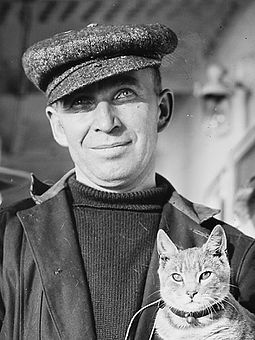 Like many other types of cats, such as calico cats and black cats that were thought to bring good luck, polydactyl cats were commonly seen on long journeys as sailors believed they brought good luck. Besides, polydactyl cats put their large, wide paws to good use and proved to be excellent mousers. Thus, ship supplies were kept vermin-free thanks to them. Moreover, their paws allowed them to retain balance while journeying on rocky seas.
Like many other types of cats, such as calico cats and black cats that were thought to bring good luck, polydactyl cats were commonly seen on long journeys as sailors believed they brought good luck. Besides, polydactyl cats put their large, wide paws to good use and proved to be excellent mousers. Thus, ship supplies were kept vermin-free thanks to them. Moreover, their paws allowed them to retain balance while journeying on rocky seas.
There are various theories about the origins of polydactyl cats. Some say they are native to North America; others claim that these extra-toed cats were brought by English Puritans during the 1600s. In case the latter is true, it would explain why the cat is rooted in folklore. Unlike its all-black feline counterparts, polydactyl cats were always thought to be good luck charms. As a result, they were highly respected and popular in old port cities.
More Common in Certain Parts of the World
The East Coast of the United States, Canada, Wales, and Western England is home to polydactyl cats. The trans-continental routes led to their prevalence in the region. Polydactyl cats are believed to have been transported from England across the Atlantic Ocean to the East Coast of the United States, where they bred with other cats and passed on their genetic trait. According to a study published in SAGE Journals in 2020, three genetic variants led to the development of polydactyly. It confirmed that these cats have lived in the United Kingdom and the United States.
Ernest Hemingway Adored Polydactyl Cats
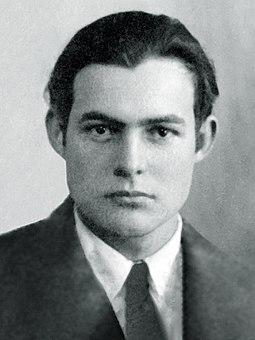 If there is one fact about polydactyl cats that you need to know about, it is the fact that Ernest Hemingway loved them. It explains why they are referred to as Hemingway cats. After being gifted a white, polydactyl cat called Snow Ball, Ernest Hemingway fell in love with these multi-toed kitties. Upon his death in 1961, Hemingway’s home in Key West was transformed into a museum and became a home for these cats.
If there is one fact about polydactyl cats that you need to know about, it is the fact that Ernest Hemingway loved them. It explains why they are referred to as Hemingway cats. After being gifted a white, polydactyl cat called Snow Ball, Ernest Hemingway fell in love with these multi-toed kitties. Upon his death in 1961, Hemingway’s home in Key West was transformed into a museum and became a home for these cats.
The Ernest Hemingway Home and Museum states that Stanley Dexter was the sea captain who gifted the writer a polydactyl kitten he loved back in the 1930s. He has even written that one cat leads to another. The kitty colony today has around 50 descendants that trace back to his original pack of cats. Approximately half of these are polydactyl, and they are protected like historical treasures.
The Condition Was Common Among Maine Coon Cats
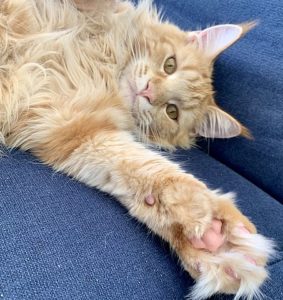 Since Maine coon cats originate in Maine’s harsh, snowy conditions, they have evolved to have insulated paws that serve as built-in snow boots. It was common for Maine coons to experience polydactyly. There was even a time when 40% of Maine Coons had the condition. Thus, they were best able to traverse the snowy conditions. Most of the polydactyly cats today have been bred out of Maine coon cats.
Since Maine coon cats originate in Maine’s harsh, snowy conditions, they have evolved to have insulated paws that serve as built-in snow boots. It was common for Maine coons to experience polydactyly. There was even a time when 40% of Maine Coons had the condition. Thus, they were best able to traverse the snowy conditions. Most of the polydactyly cats today have been bred out of Maine coon cats.
One Cat Holds the Title for Having the Most Toes in the World
According to the Guinness Book of World Records, Jake is a polydactyl ginger tabby that holds the world record for the most toes. Known for his 28 toes, Jake had seven toes on each of its paws, its own bone structure, pad, and claw.
There Are Even Entire Breeds of Polydactyl Cats
As polydactyly cats became common, it led to entire breeds being developed, such as the American Polydactyl with extra toes and other behavioral and physical characteristics. As for the Maine coon variety, they are recognized as a cat breed. Maine coon cats are said to utilize their extra digits for getting around Maine during winter.
Cats Are Not the Only Species That Have Extra Digits
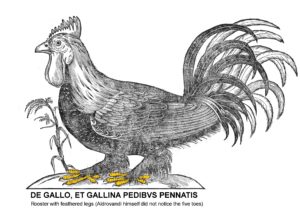 Even though polydactyly is more common in cats, the condition is also found in guinea pigs, chickens, mice, dogs, and llamas. Thus, it is clear that polydactyly is not only unique to cats but other mammals as well. Moreover, it is a common congenital limb malformation among humans. It affects one in 700 to 1,000 live births.
Even though polydactyly is more common in cats, the condition is also found in guinea pigs, chickens, mice, dogs, and llamas. Thus, it is clear that polydactyly is not only unique to cats but other mammals as well. Moreover, it is a common congenital limb malformation among humans. It affects one in 700 to 1,000 live births.
First Mentioned Over a Century Ago
During the 19th century, the earliest scientific record about feline polydactyly was published in the Burt Green Wilder papers, titled: Extra Digits. The comparative anatomist had graduated from Harvard University and taught at Cornell. The articles were published from 1841 to 1925 and covered various topics, from spiders to family genealogy. Wilder was known for his interest in researching cats, as seen from his studies in 1862 when he included 400 cats in his papers.
Conclusion
After reading our post, surely you now know everything there is to know about polydactyl cats. There is no denying that these cats are unique and have a lot to offer. Their ability to navigate the snow makes them the ultimate pet for people who live in areas where it snows. If you are interested in the cat, you should consider getting one for your home. If Ernest Hemingway can grow attached to the cat, so can you. Hence, it is about time that you expanded your horizons and got a different type of cat.

Featured Articles
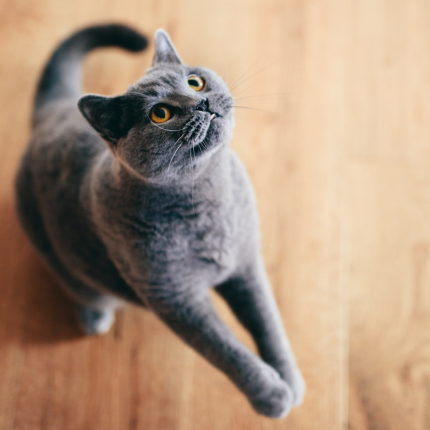
Greebles and Cats: The Origin and the Meaning
You may have seen an internet sensation concerning cats labeled “greebles.” Feel out of the loop? We’re here to help you. In 2019, Reddit user /user/literallyatree commented on a Reddit post about a cat that looks like it’s trying to slap a ghost. This user commented: “My family calls things…
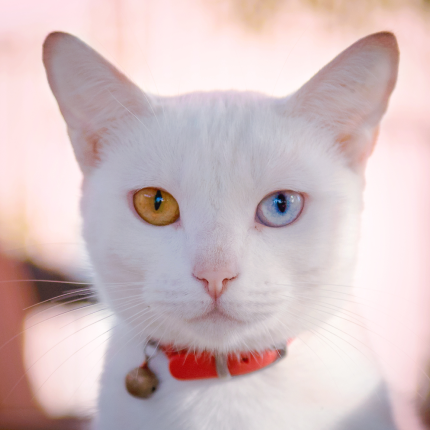
The Odd-Eyed Cat (AKA Heterochromia)
Cats are already beautiful and fascinating creatures, but people are bound to take notice when they have something as captivating as two different colored eyes. Odd-eyed cats always have one blue eye paired with either a green, yellow, or brown eye. This form of heterochromia occurs in other animals, including…

Polydactyl Cats: Just More Beans to Love
Polydactyl cats have become extremely popular in recent times. As a result, more and more people are interested in learning more about this six-toed cat and want to get one of their own. If you are a cat lover intrigued by polydactyl cats, you have come to the right place….
